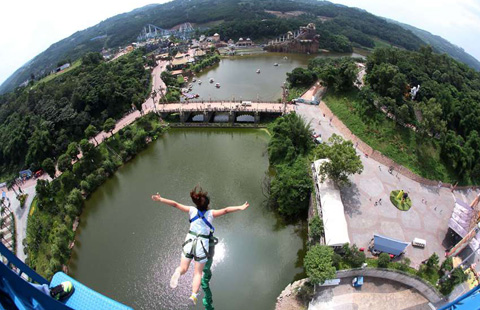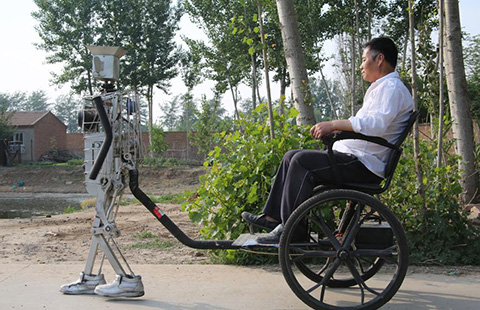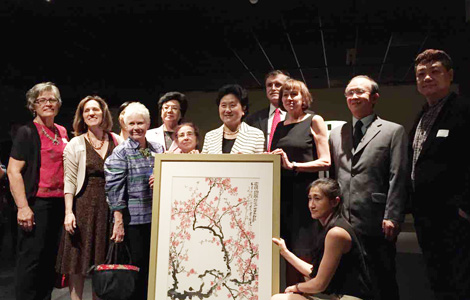Plan aims to better protect Palace Museum
Updated: 2015-06-24 09:10
By WANG KAIHAO(China Daily)
|
||||||||
The Palace Museum in Beijing may have wider jurisdiction over its neighboring areas in the future, according to a draft blueprint released on Tuesday.
The 106-hectare museum, also known as the Forbidden City, China's royal palace from 1420 to 1911, was listed as a UNESCO World Cultural Heritage site in 1987.
However, its auxiliary buildings, neighboring waters and green spaces are administered by many other institutions, making it difficult to coordinate efforts, according to Chen Tongbin, a historical architecture expert with the China Architecture Design & Research Group which drafted the blueprint.
The draft is the first long-term protection blueprint overseeing the museum's work in multiple fields, ranging from the preservation of ancient buildings to the design of different functional areas to regulation of tourism development. It is waiting for approval by the State Council. If passed, it will take effect before the end of this year.
"It is still undecided whether to propose establishing a joint commission led by the Palace Museum to co-administer the area or transfer the administration of the whole area to the museum," Chen said. "But one thing is certain: The situation where the Palace Museum only has administration of the area within its walls must be changed."
For example, rental boats in the river along the southern wall of the Forbidden City are often criticized for being at odds with the surrounding historical atmosphere. The boats may be banned if the draft is approved.
Chen expects the document to be the foundation of a national-level regulation on protection of the Palace Museum to be drawn up later.
"Beijing's Palace Museum is the world's biggest museum housed in a former royal palace, but the area of its cultural heritage protection zone is only of medium size compared with others," Chen said.
About 15 million people visit the museum every year, topping all the museums in the world. The museum introduced a policy earlier this month to cap the daily visitor number at 80,000.
The draft blueprint proposes dividing the museum into several sections for management. Each section will set an independent limit on the number of daily visitors to better protect the world heritage site.
Shan Jixiang, director of the museum, promised to look at other ways to offer tourists a better visiting experience. He predicted that 82 percent of the museum's area will be opened to the public by 2025, up from the current 65 percent.
He said all administrative offices are planning to move out of the ancient palace buildings, and buildings constructed in recent decades among the ancient architecture will be demolished by 2025.

 Ten photos you don't wanna miss - June 23
Ten photos you don't wanna miss - June 23
 The world in photos: June 15-21
The world in photos: June 15-21
 Kris Wu's long legs trigger envy
Kris Wu's long legs trigger envy
 School dropout farmer creates robots
School dropout farmer creates robots
 Typhoon Kujira makes landfall in S China
Typhoon Kujira makes landfall in S China
 Liu visits Houston Museum of Natural Science
Liu visits Houston Museum of Natural Science
 Liu meets Tsinghua Youth team in Houston
Liu meets Tsinghua Youth team in Houston
 Men get into women's shoes for fun
Men get into women's shoes for fun
Most Viewed
Editor's Picks

|

|

|

|

|

|
Today's Top News
Xi points way for Sino-US ties
Xi pins high hope for S&ED
China, US need 'common ground'
Liu challenges university leaders
10 chosen for Eisenhower fellowships
China unveils plans for V-Day parade
China-US talks to explore ways to make Xi's visit a success
Chinese consumers play big part in Apple's designs: Cook
US Weekly

|

|






